Sigurd Larsen transforms 18th century German farm into family home
A historical German Hallenhaus, a farming structure combining barn and living space, has been reimagined into a contemporary family home by Berlin based, Danish architect Sigurd Larsen
Christian Flatscher - Photography
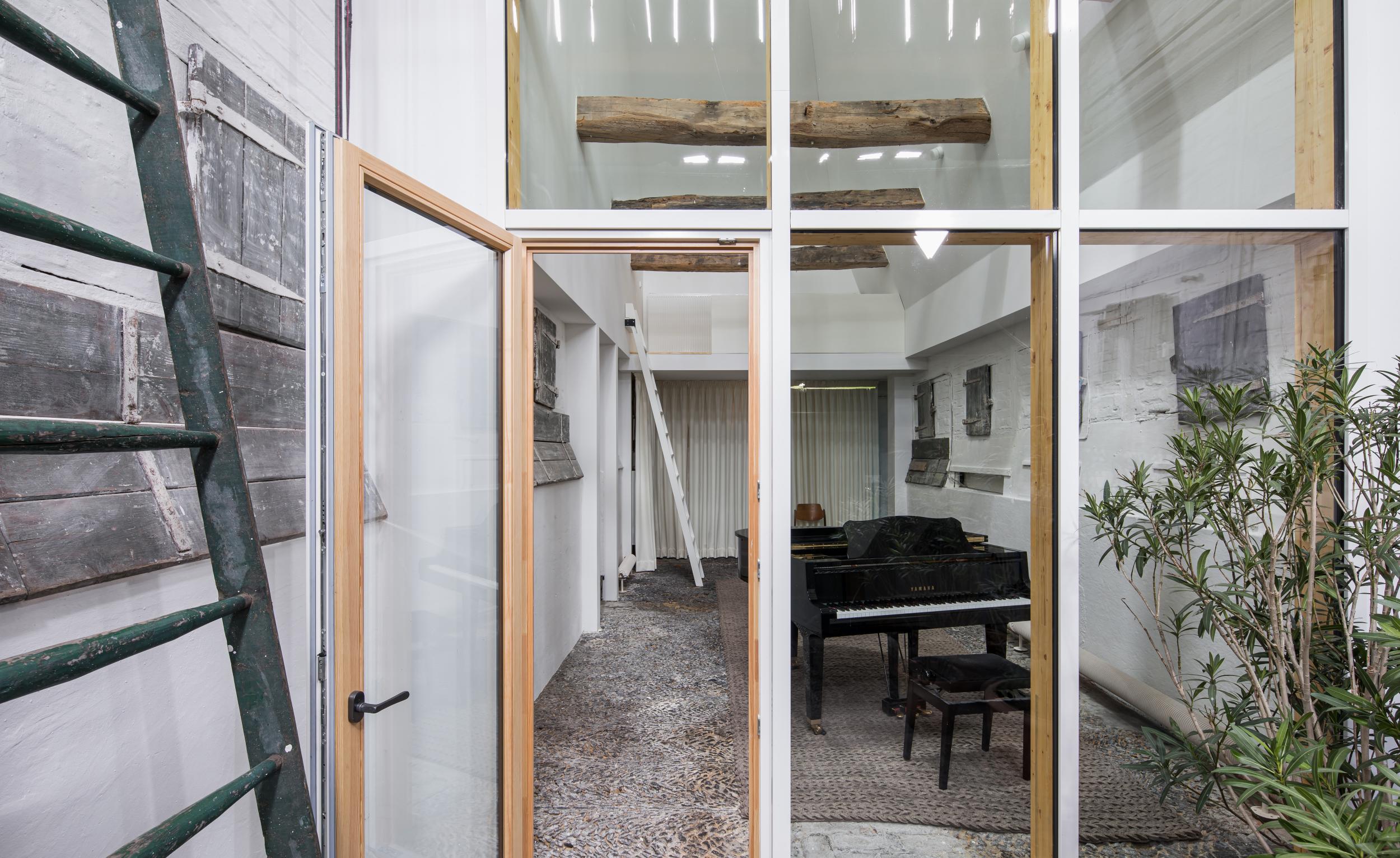
It’s one thing to conserve the interiors of a heritage-listed building, but it’s a rare feat to insert an entirely new structure within that building. And rarer still to be able to design that structure in such a way that, at a later date, it can be entirely disassembled leaving the original shell. Hats off, then, to the Berlin-based architect Sigurd Larsen for his remarkable sleight of hand with Dortmannhof – a Hallenhaus built in 1791 by the titular Dortmann family.
A hybrid of house and barn that was once a familiar silhouette in this part of Essen, the Hallenhaus is typically distinguished by a soaring 5-storey high saddle roof. In most respects, it's an efficient and compact form in which to house a large agrarian family, their farm helpers, and animals. In some ways, though, it’s also an awkward form when it comes to retrofitting the space for a modern family of musicians; made more so by the restrictions placed by building codes for national monuments, including one which require existing walls to be conserved.
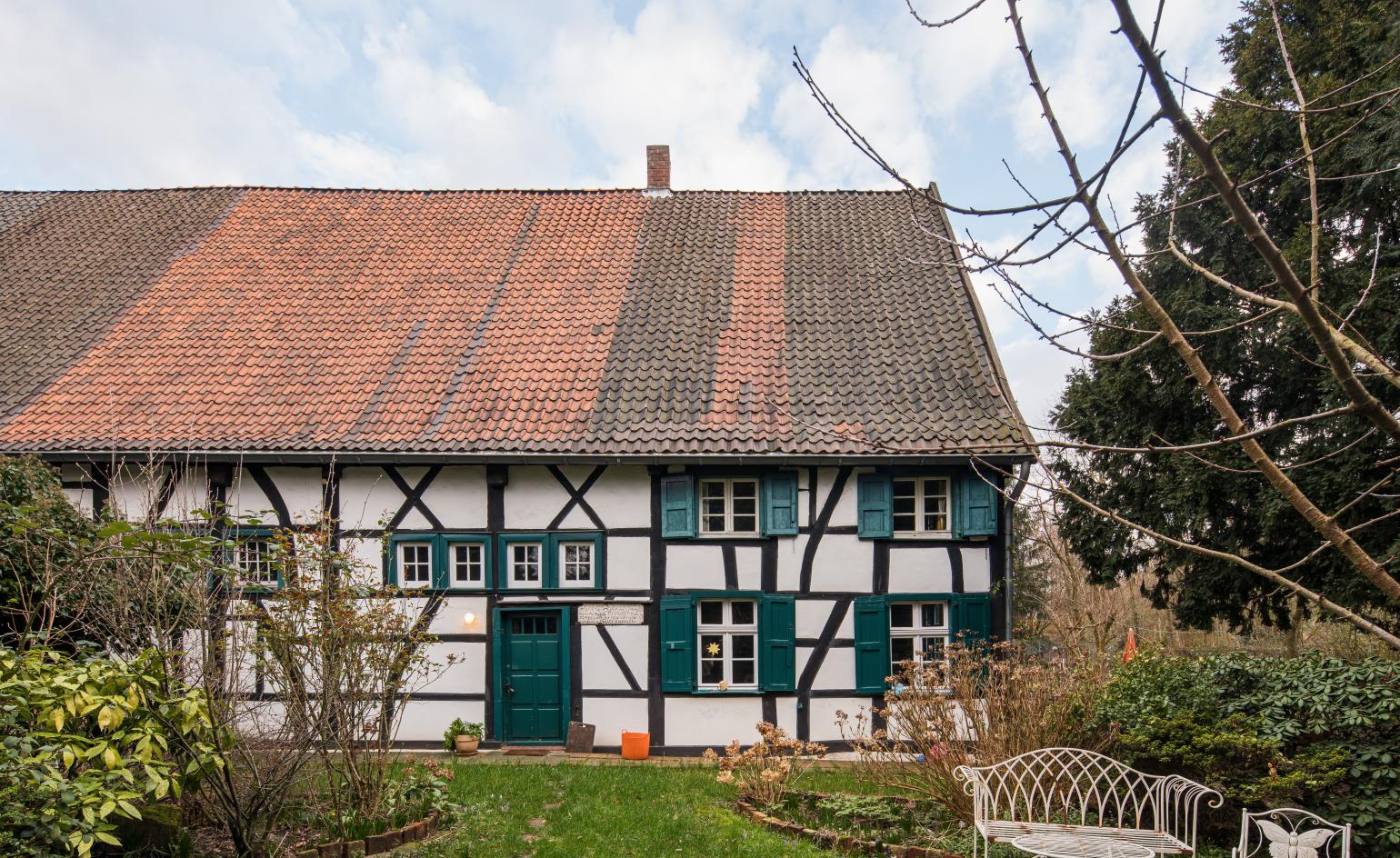
‘The family needed a larger space to rehearse music,’ Larsen says of the brief which also required a separate guest house with its own bathroom. In all, 80sqm were added to the original 270sqm footprint. ‘We spoke a lot about the existing spaces and how the family might use the many small rooms of the house. The lack of daylight was also a topic we worked into the architecture.’
Three separate, white-washed buildings, including an 11m high music studio, were carefully inserted into the Hallenhaus’s existing grid, their sharply pitched roofs both echoing the internal roofline and serving as a metaphor for tall narrow crops. Large north-facing windows catch light streaming in through gaps in the original timber façade, while two small windows were cut into the eastern slope of the external roof. ‘The tall volumes meant we could now reach up to catch the morning light,’ Larsen says with satisfaction.
The inner surface of the original roof remains exposed, revealing the extant tiles insulated with hay. ‘It’s beautiful,’ Larsen says. ‘If we had insulated the entire barn from within, this surface would no longer be visible. But since we built smaller houses within the house, only the necessary living spaces needed to be insulated.’
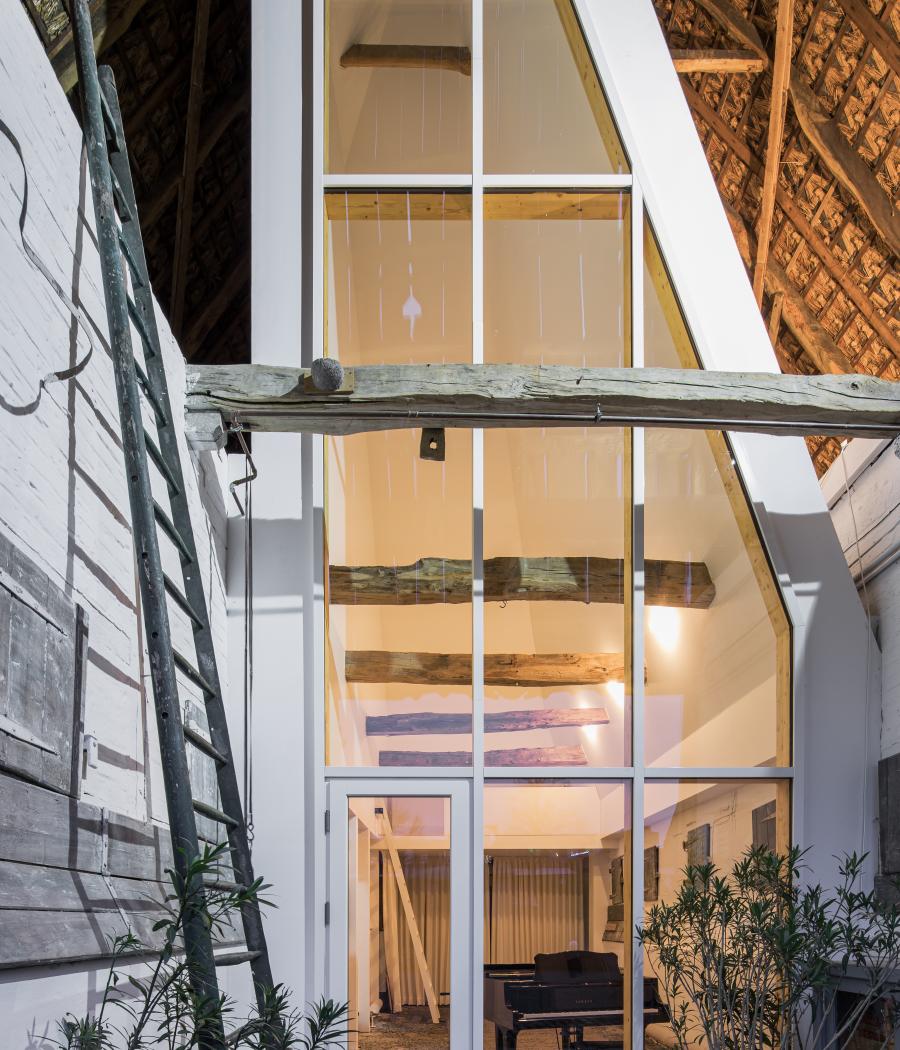

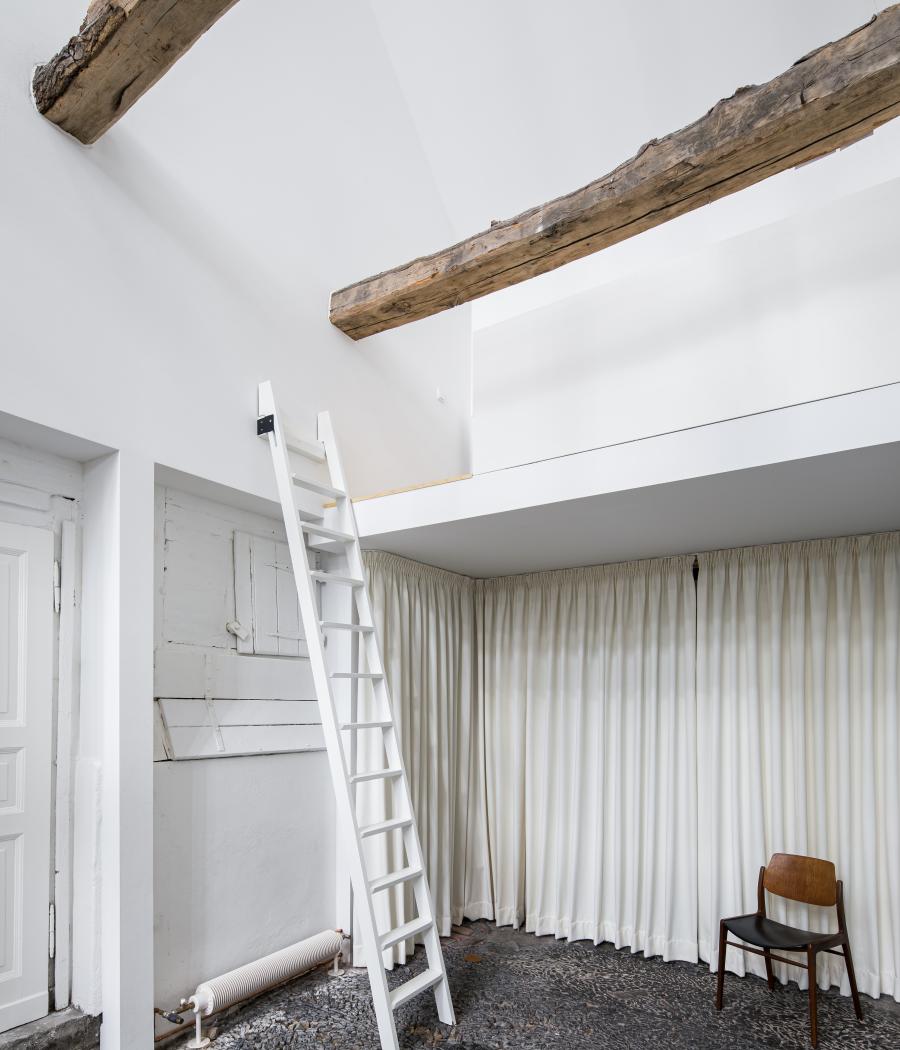

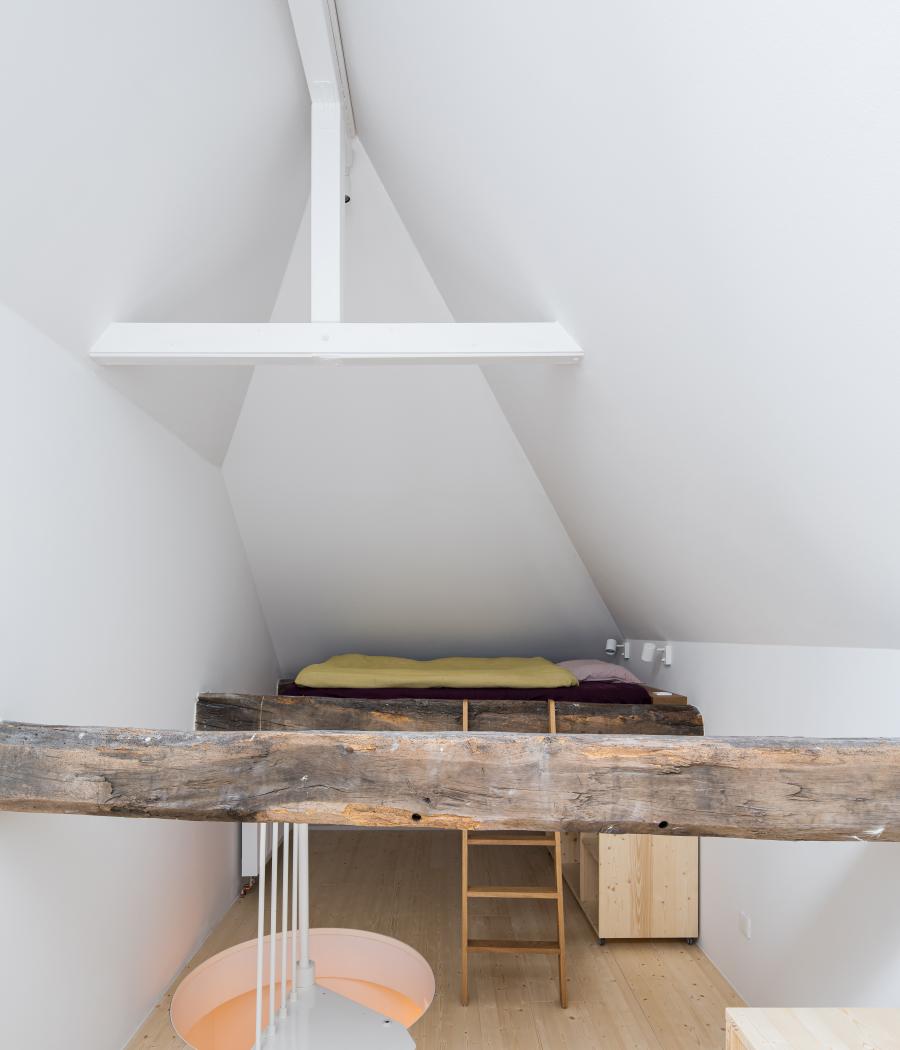
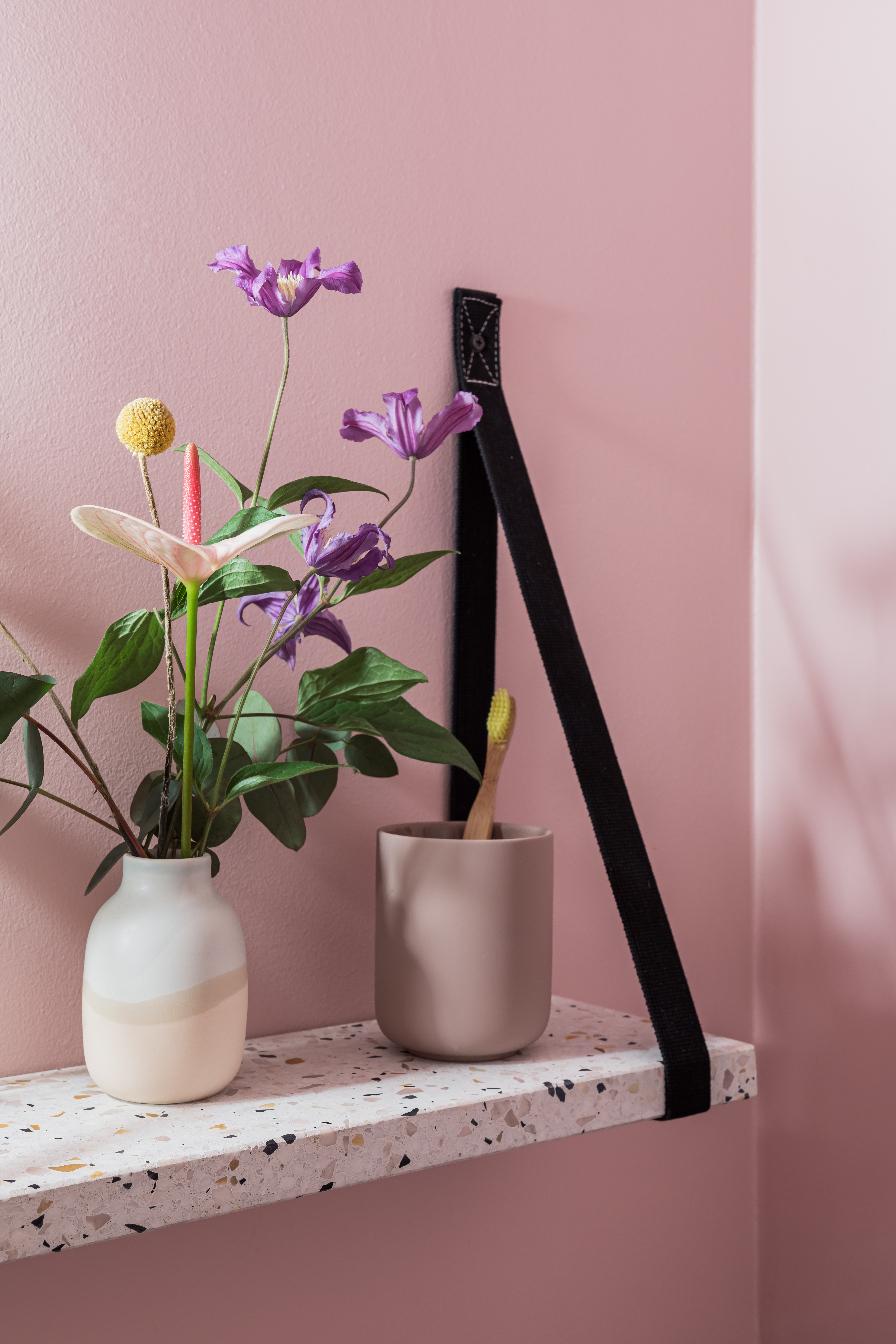
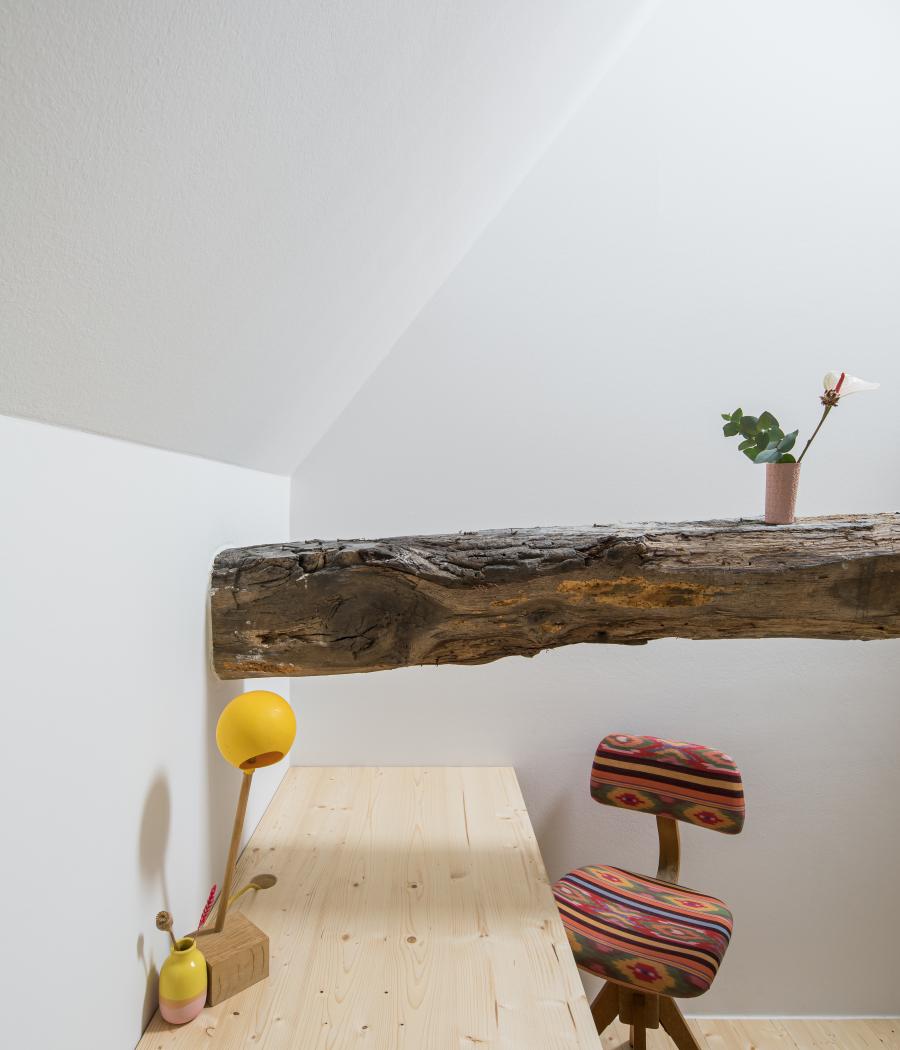
INFORMATION
Receive our daily digest of inspiration, escapism and design stories from around the world direct to your inbox.
Daven Wu is the Singapore Editor at Wallpaper*. A former corporate lawyer, he has been covering Singapore and the neighbouring South-East Asian region since 1999, writing extensively about architecture, design, and travel for both the magazine and website. He is also the City Editor for the Phaidon Wallpaper* City Guide to Singapore.
-
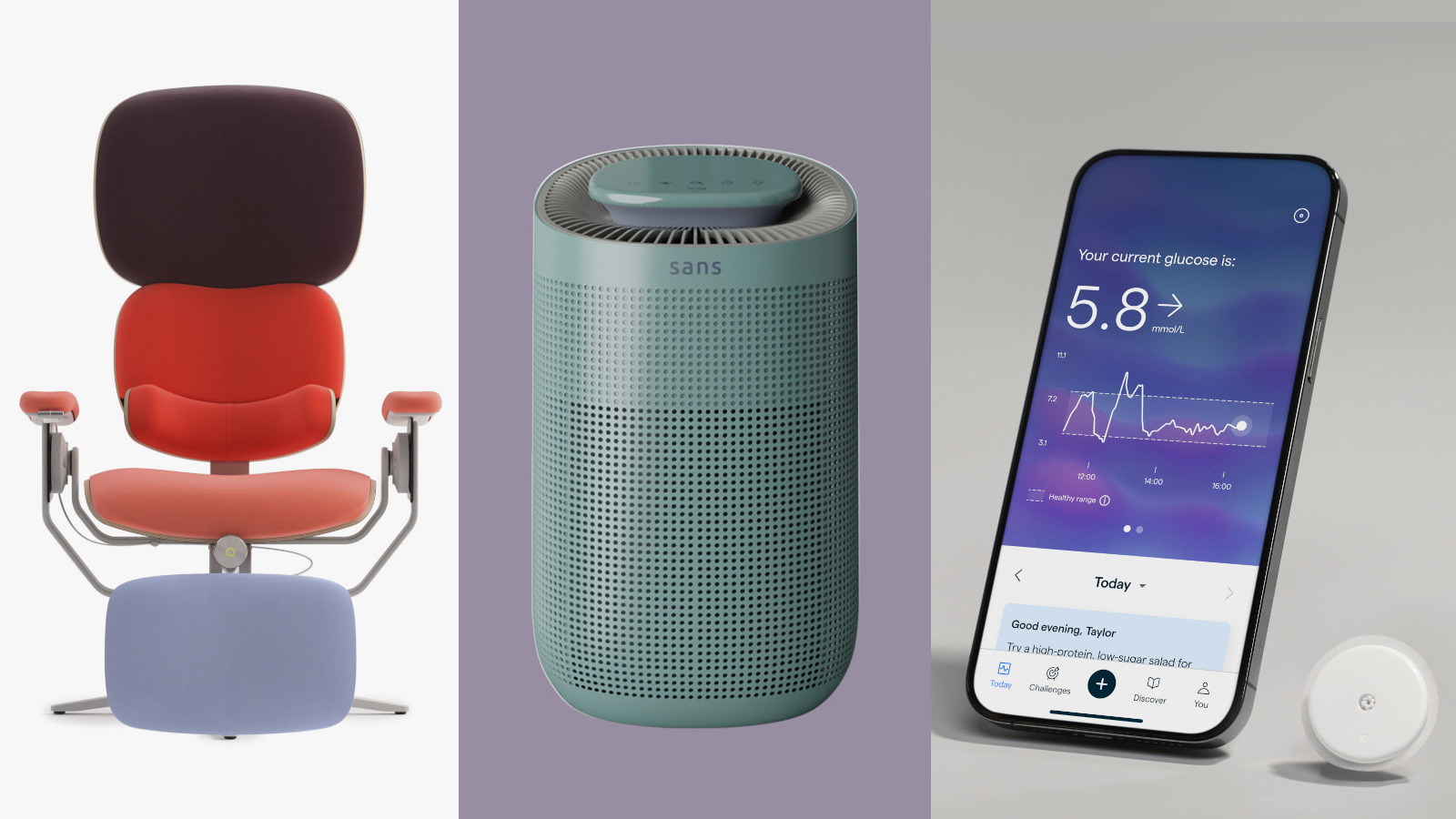 New tech dedicated to home health, personal wellness and mapping your metrics
New tech dedicated to home health, personal wellness and mapping your metricsWe round up the latest offerings in the smart health scene, from trackers for every conceivable metric from sugar to sleep, through to therapeutic furniture and ultra intelligent toothbrushes
-
 Out of office: The Wallpaper* editors’ picks of the week
Out of office: The Wallpaper* editors’ picks of the week'Tis the season for eating and drinking, and the Wallpaper* team embraced it wholeheartedly this week. Elsewhere: the best spot in Milan for clothing repairs and outdoor swimming in December
-
 How Stephen Burks Man Made is bringing the story of a centuries-old African textile to an entirely new audience
How Stephen Burks Man Made is bringing the story of a centuries-old African textile to an entirely new audienceAfter researching the time-honoured craft of Kuba cloth, designers Stephen Burks and Malika Leiper have teamed up with Italian company Alpi on a dynamic new product
-
 Doshi Retreat at the Vitra Campus is both a ‘first’ and a ‘last’ for the great Balkrishna Doshi
Doshi Retreat at the Vitra Campus is both a ‘first’ and a ‘last’ for the great Balkrishna DoshiDoshi Retreat opens at the Vitra campus, honouring the Indian modernist’s enduring legacy and joining the Swiss design company’s existing, fascinating collection of pavilions, displays and gardens
-
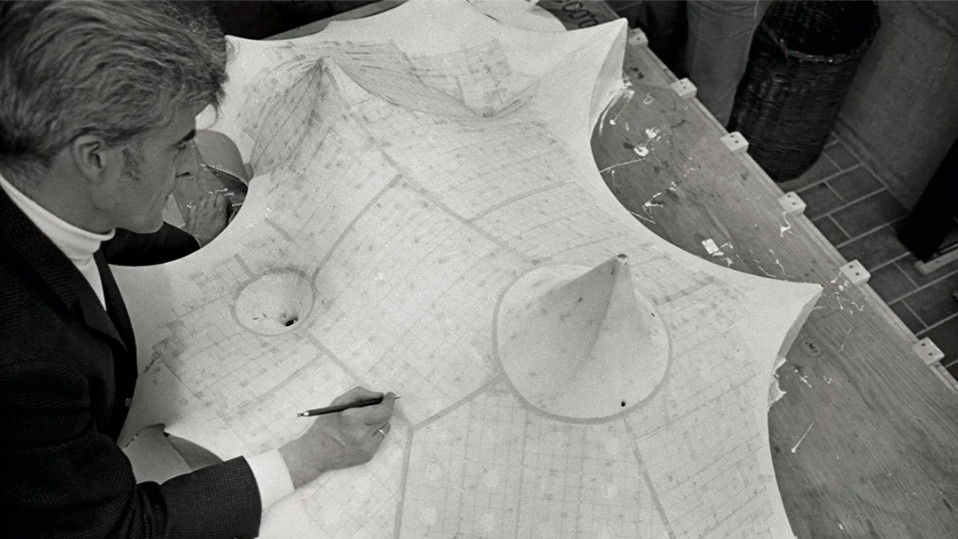 A new book delves into Frei Otto’s obsession with creating ultra-light architecture
A new book delves into Frei Otto’s obsession with creating ultra-light architecture‘Frei Otto: Building with Nature’ traces the life and work of the German architect and engineer, a pioneer of high-tech design and organic structures
-
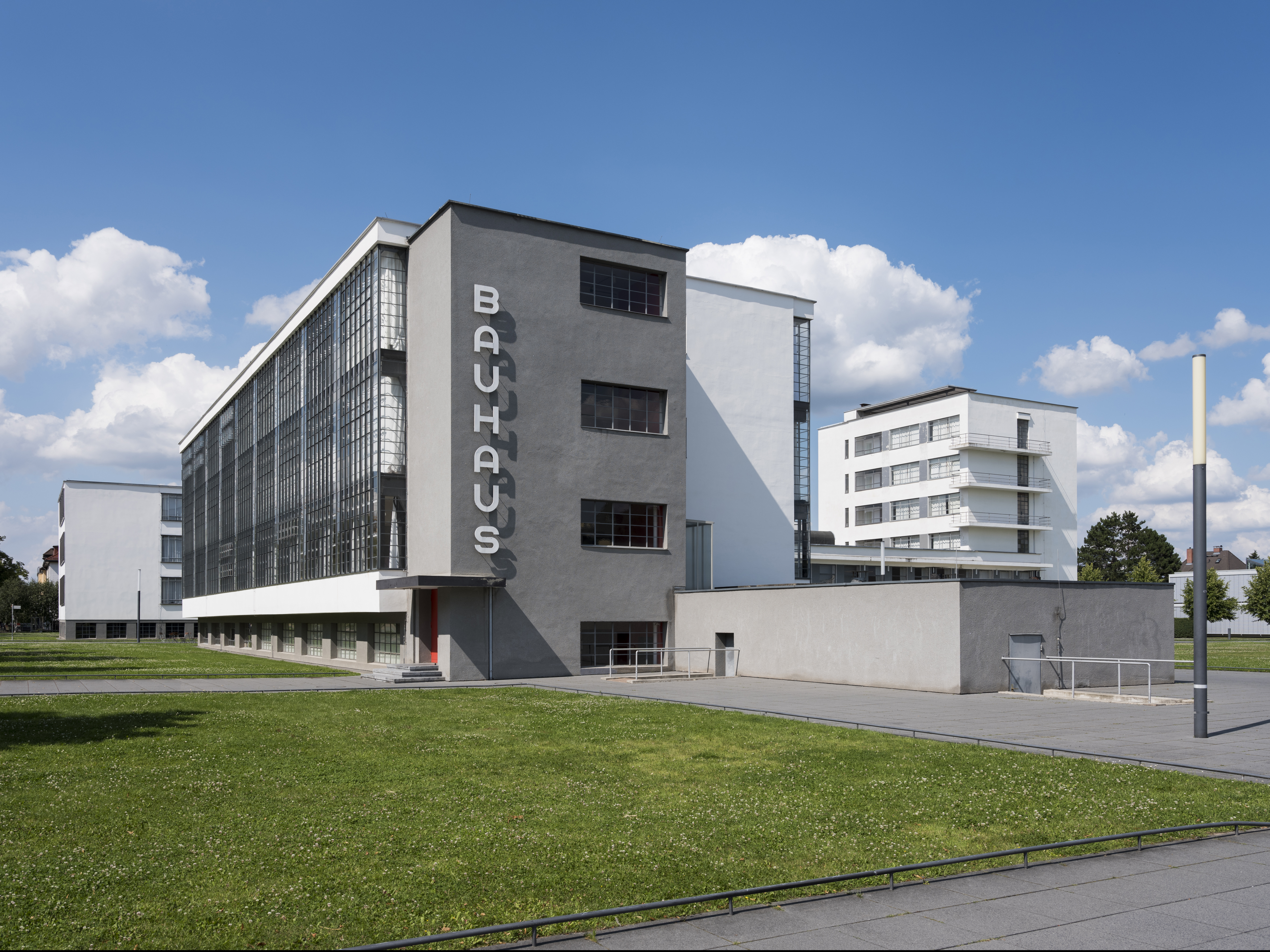 What is Bauhaus? The 20th-century movement that defined what modern should look like
What is Bauhaus? The 20th-century movement that defined what modern should look likeWe explore Bauhaus and the 20th century architecture movement's strands, influence and different design expressions; welcome to our ultimate guide in honour of the genre's 100th anniversary this year
-
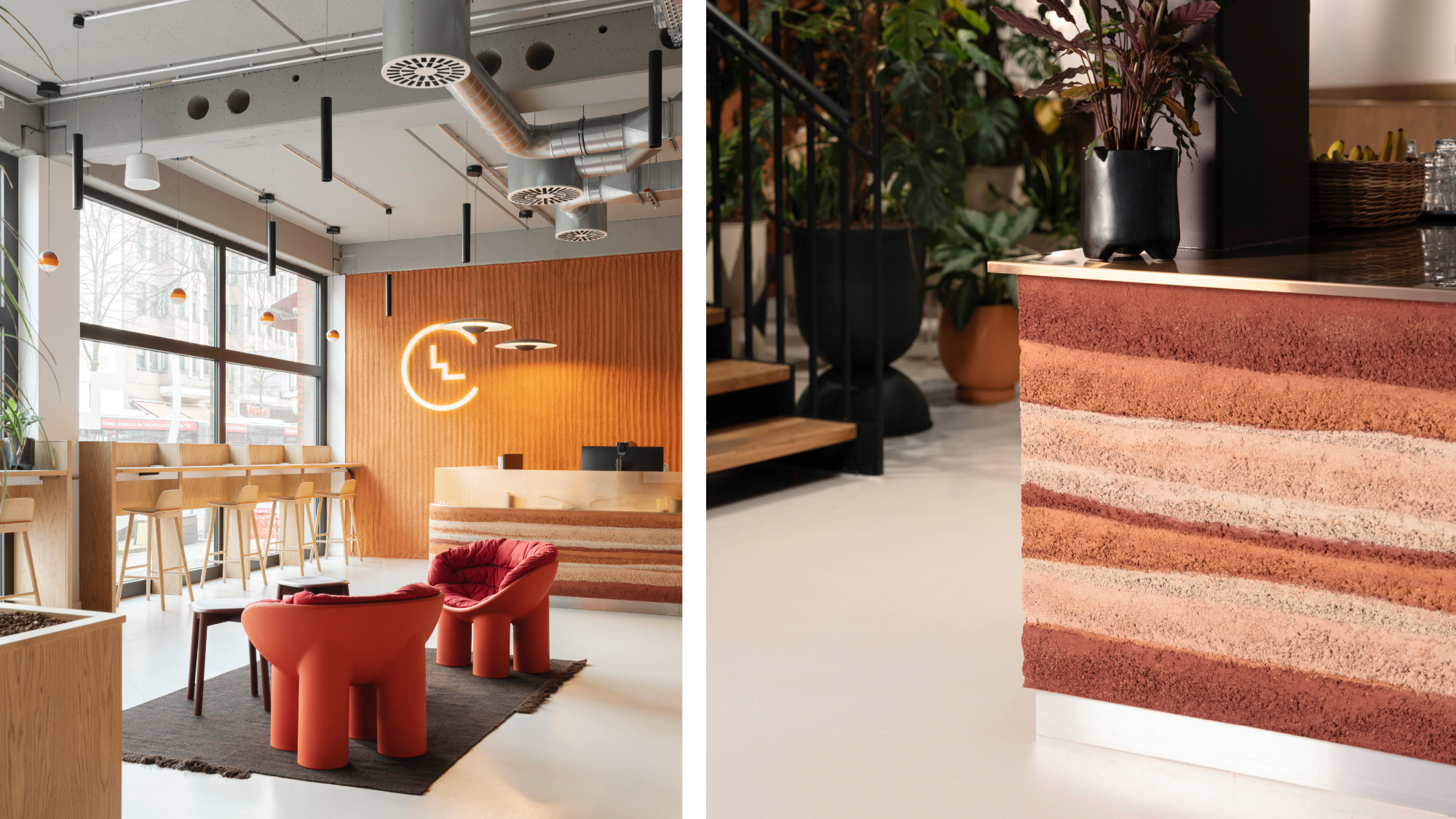 Step inside Clockwise Bremen, a new co-working space in Germany that ripples with geological nods
Step inside Clockwise Bremen, a new co-working space in Germany that ripples with geological nodsClockwise Bremen, a new co-working space by London studio SODA in north-west Germany, is inspired by the region’s sand dunes
-
 Join our world tour of contemporary homes across five continents
Join our world tour of contemporary homes across five continentsWe take a world tour of contemporary homes, exploring case studies of how we live; we make five stops across five continents
-
 A weird and wonderful timber dwelling in Germany challenges the norm
A weird and wonderful timber dwelling in Germany challenges the normHaus Anton II by Manfred Lux and Antxon Cánovas is a radical timber dwelling in Germany, putting wood architecture and DIY construction at its heart
-
 A Munich villa blurs the lines between architecture, art and nature
A Munich villa blurs the lines between architecture, art and natureManuel Herz’s boundary-dissolving Munich villa blurs the lines between architecture, art and nature while challenging its very typology
-
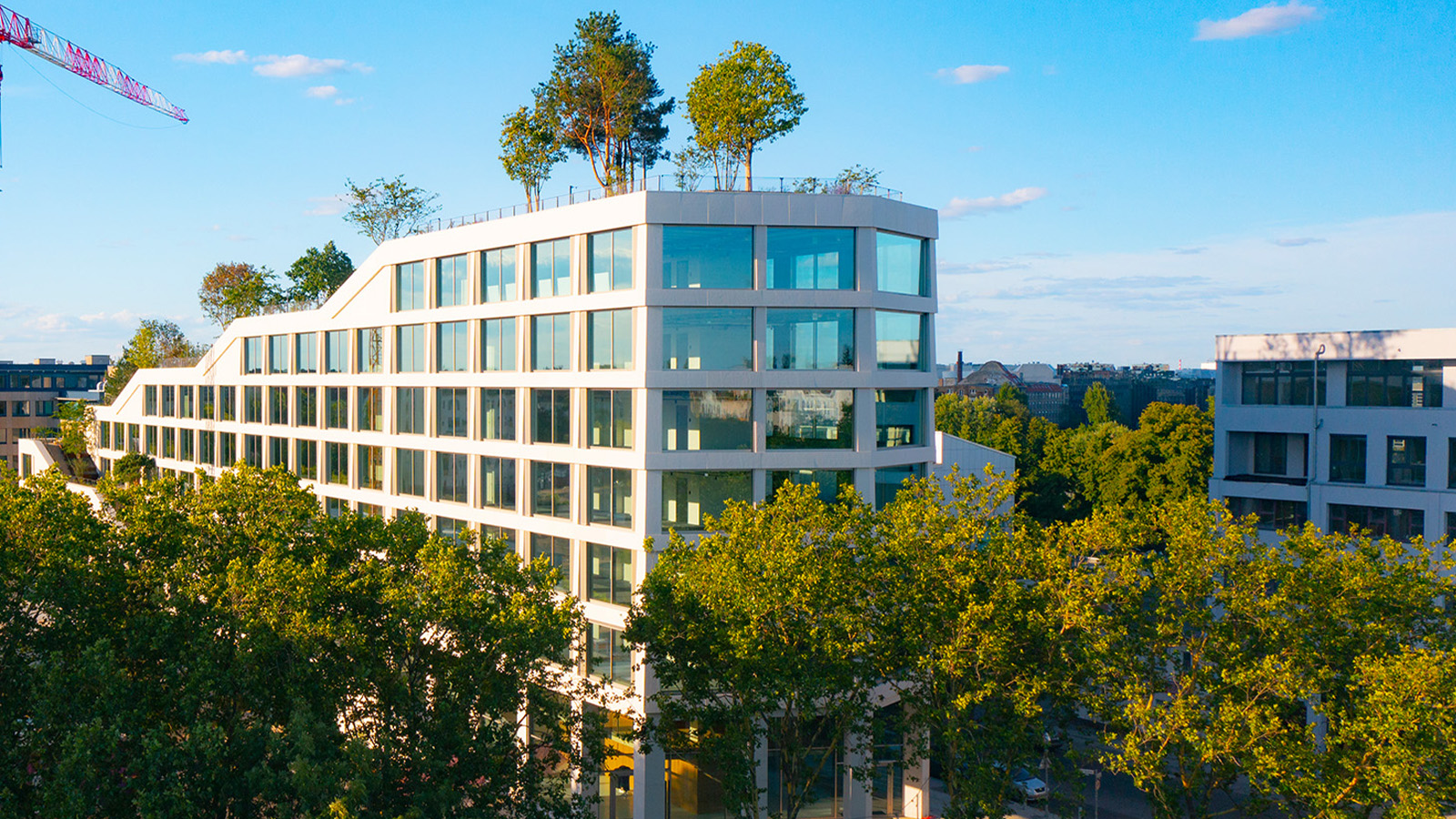 A Berlin park atop an office building offers a new model of urban landscaping
A Berlin park atop an office building offers a new model of urban landscapingA Berlin park and office space by Grüntuch Ernst Architeken and landscape architects capattistaubach offer a symbiotic relationship between urban design and green living materials